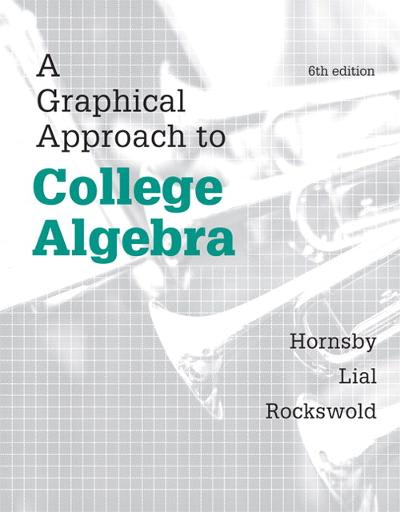Question
Use the following data to answer the first two questions. The test scores for a sample of five randomly chosen students are 84, 78, 82,
Use the following data to answer the first two questions. The test scores for a sample of five randomly chosen students are 84, 78, 82, 93, and 78.
1. What are the mean, median, and modetest scores (to nearest 0.1) for this sample of students?
2. What is the standard deviation(to nearest 0.1) of test scores for this sample of students?
Answer the next two questions using the following table. The table shows responses of 125 people to the question of whether they prefer Black Tea or Green Tea coffee or neither.
Black Tea Green Tea Neither Total
Male 25 40 15 80
Female 10 15 20 45
Total 35 55 35 125
3. What is the probability(to nearest 0.01) that a randomly selected person prefers Green Tea?
4. If one person is randomly selected, what is the probability(to nearest 0.01) that the person is BOTH Female AND prefers Black Tea?
Use the following information to answer the next three questions. A bag contains five different balls colored Red, Yellow, Blue, Green, and Orange. You cannot see into the bag and you cannot tell the balls apart by feel.
5. If three balls are selected at random without replacement, how many different permutationsare possible?
6. If three balls are selected at random without replacement, how many combinationsare possible?
7. If two balls are selected at random with replacement, what is the probability(to nearest 0.0001) of NOT getting Yellow on any of the picks?
Use the following information to answer the next two questions. Assume M&M candies are randomly selected and grouped in bags of 30 pieces per bag and that 14% of all M&Ms are Red.
8. What are the meanand standard deviation(to nearest 0.1) of the number of Red pieces per bag? [You may consider this to be a binomial probability distribution.]
9. What is the probability(to nearest 0.0001) of finding exactly four Red M&Ms in any one bag?
10. The Flamerock Tire company manufactures a particular tire model that has a mean lifetime of 65,000 miles with a standard deviation of 4500 miles. The lifetimes are normally distributed. What is the probability(to nearest 0.0001) that one of these tires selected at random will last 70,000 miles or more?
Step by Step Solution
There are 3 Steps involved in it
Step: 1

Get Instant Access to Expert-Tailored Solutions
See step-by-step solutions with expert insights and AI powered tools for academic success
Step: 2

Step: 3

Ace Your Homework with AI
Get the answers you need in no time with our AI-driven, step-by-step assistance
Get Started


